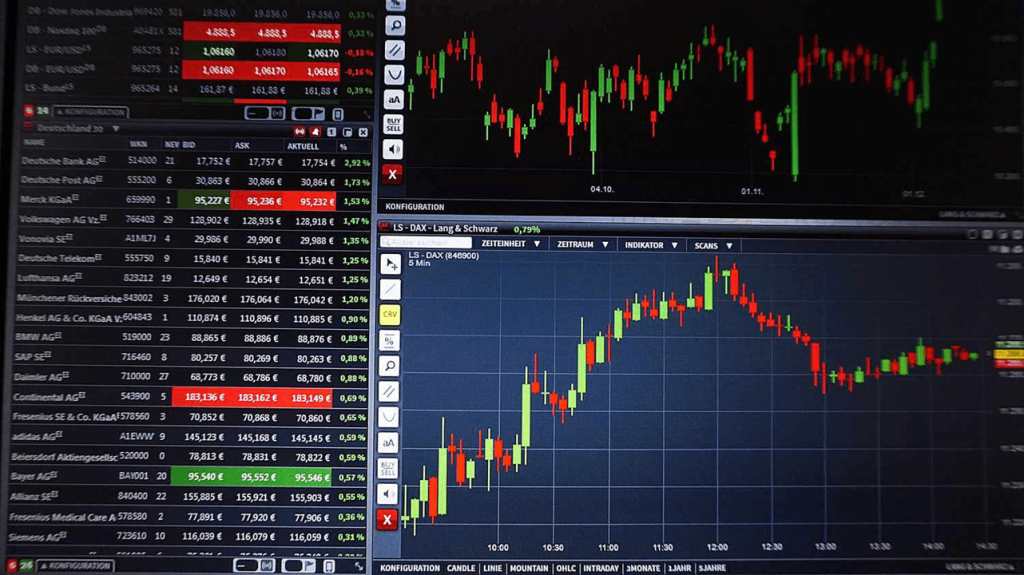Forex trading, also referred to as international change trading or currency trading, is the global market place for getting and selling currencies. It works twenty four hours each day, five times a week, enabling traders to participate on the market from anywhere in the world. The primary purpose of forex trading is always to profit from fluctuations in currency trade costs by speculating on whether a currency set can rise or fall in value. Players in the forex industry contain banks, financial institutions, corporations, governments, and specific traders.
One of many essential options that come with forex trading is their high liquidity, meaning that big volumes of currency can be bought and sold without somewhat affecting exchange rates. That liquidity assures that traders may enter and exit roles easily, allowing them to make the most of actually little price movements. Also, the forex industry is highly available, with low barriers to access, letting people to start trading with relatively small amounts of capital.
Forex trading offers a wide variety of currency couples to deal, including significant sets such as for example EUR/USD, GBP/USD, and USD/JPY, in addition to minor and unique pairs. Each currency couple shows the exchange charge between two currencies, with the first currency in the set being the base currency and the 2nd currency being the offer currency. Traders may profit from equally climbing and slipping areas by getting extended (buy) or short (sell) positions on currency pairs.
Effective forex trading takes a stable understanding of basic and specialized analysis. Fundamental analysis involves analyzing financial indications, such as for example curiosity rates, inflation rates, and GDP growth, to measure the underlying power of a country’s economy and their currency. Specialized evaluation, on the other hand, involves considering price graphs and designs to identify developments and possible trading opportunities.
Chance administration is also crucial in forex trading to protect against possible losses. Traders frequently use stop-loss purchases to restrict their drawback risk and utilize appropriate place sizing to make sure that no single industry may significantly affect their overall trading capital. Also, sustaining a disciplined trading method and preventing feelings such as for instance greed and concern are critical for long-term achievement in forex trading.
With the growth of technology, forex trading has be accessible than ever before. Online trading programs and mobile applications give traders with real-time usage of the forex market, letting them perform trades, analyze industry information, and manage their portfolios from any device. More over, the availability of academic forex robot resources, including tutorials, webinars, and test reports, empowers traders to produce their skills and improve their trading efficiency over time.

While forex trading presents significant gain potential, additionally, it provides inherent risks, including the prospect of significant losses. Therefore, it’s required for traders to perform thorough research, produce a noise trading technique, and constantly monitor market problems to produce knowledgeable trading decisions. By adhering to disciplined risk management practices and staying informed about worldwide financial developments, traders can enhance their likelihood of success in the energetic and ever-evolving forex market.